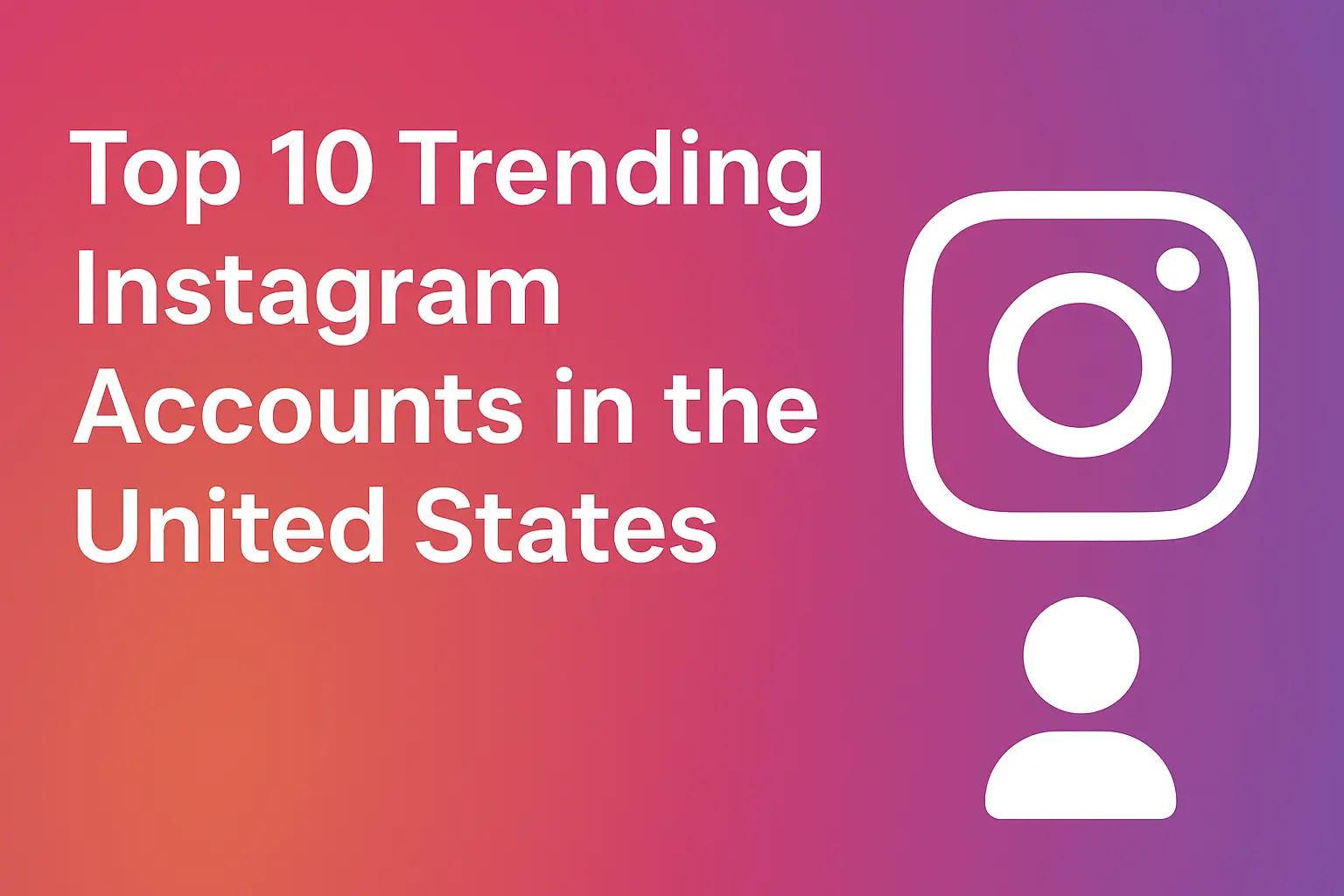Cyber Harassment: Definition, Types, and How to Protect Yourself
In today’s digital world, online communication has become a central part of our lives. But with this connectivity comes a darker side — cyber harassment. Understanding what it means and how it affects people is essential to staying safe and supporting those who experience it.
What Is Cyber Harassment?
Cyber harassment refers to any form of harassment or bullying that takes place through digital platforms, such as social media, emails, text messages, or other online communication tools.
It can include threats, insults, spreading rumors, sharing private information, or posting humiliating content.
Unlike face-to-face harassment, cyber harassment can happen anytime and anywhere, since online content is often permanent and can spread rapidly.
Common Forms of Cyber Harassment
Cyber harassment can appear in many ways, including:
- Online insults or threats – Repeated hateful or mocking messages.
- Sharing private or personal information – Posting photos, videos, or details without consent.
- Identity theft or impersonation – Creating fake accounts to harm someone’s reputation.
- Group harassment (cyber mobbing) – Multiple users joining together to attack one person.
- Revenge porn – Sharing intimate photos or videos without permission.
Who Are the Victims?
Cyber harassment can affect anyone, but certain groups are more vulnerable:
- Teenagers and young adults, who are highly active online.
- Women, often targeted with sexist or sexual harassment.
- Public figures — influencers, journalists, or artists exposed to large audiences.
Platforms Most Commonly Used
Some of the most common platforms where cyber harassment occurs include:
- Instagram, X (formerly Twitter), and TikTok – for public comments and anonymous posts.
- Facebook – through posts, groups, and private messages.
- Snapchat and WhatsApp – for private and group chats.
These platforms can make anonymity easy, which sometimes encourages harmful behavior.
Cyber Harassment and the Law
In many countries, including France, cyber harassment is a criminal offense.
Under French law (Article 222-33-2-2 of the Penal Code), it can lead to up to 3 years of imprisonment and a €45,000 fine, or more if the victim is a minor.
Victims are encouraged to:
- File a police report or contact the local authorities.
- Report the abusive content on the platform.
- Save evidence such as screenshots, messages, and usernames.
How to Protect Yourself from Cyber Harassment
- Secure your accounts – Use strong passwords and limit what you share publicly.
- Block and report offenders – Most platforms offer these options.
- Talk to someone – A trusted friend, teacher, or counselor can help.
- Avoid engaging – Responding often fuels the harassment.
- Seek help – Contact authorities or support organizations like Net Écoute (in France) or CyberSmile Foundation (globally).
The Importance of Prevention
Education plays a key role in combating cyber harassment.
Parents, schools, and media should promote digital literacy, empathy, and respect online.
Teaching people — especially children — about kindness, privacy, and responsibility online helps create safer digital spaces for everyone.
In Summary
Cyber harassment is an invisible but very real form of abuse.
It’s not just “online drama” — it’s a serious issue that can deeply affect victims’ mental and emotional well-being.
The best defense is awareness.
Learn to recognize it, report it, and use technology responsibly. Together, we can make the internet a safer place.
Click Here: Top 10 Trending Instagram Accounts in the United States












Leave a Reply